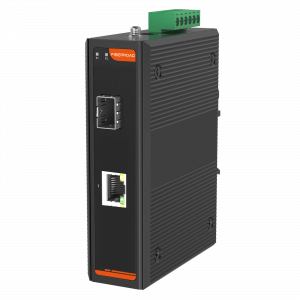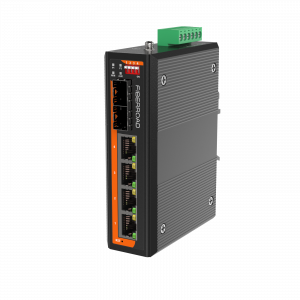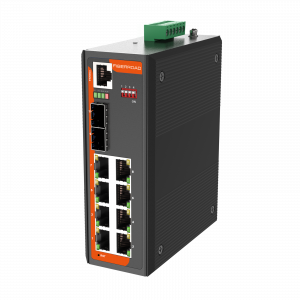Quality Certifications
Guarantee
Share This Product
The Benefits of Using Web Smart Industrial Media Converters in Harsh Environments
Web Smart Industrial Media Converters are designed to provide a reliable and efficient communication network in harsh environments. These converters convert signals from copper to fiber optic cables, which makes them ideal for use in industrial settings where the conditions can be extreme. One of the main benefits of using Web Smart Industrial media converters is that they ensure seamless communication between devices even when there are long distances between them. They also help reduce signal loss, electromagnetic interference, and noise. In addition, these converters come with advanced features such as remote management capabilities, which allow users to monitor and manage their networks from a central location without having to physically access each device individually.
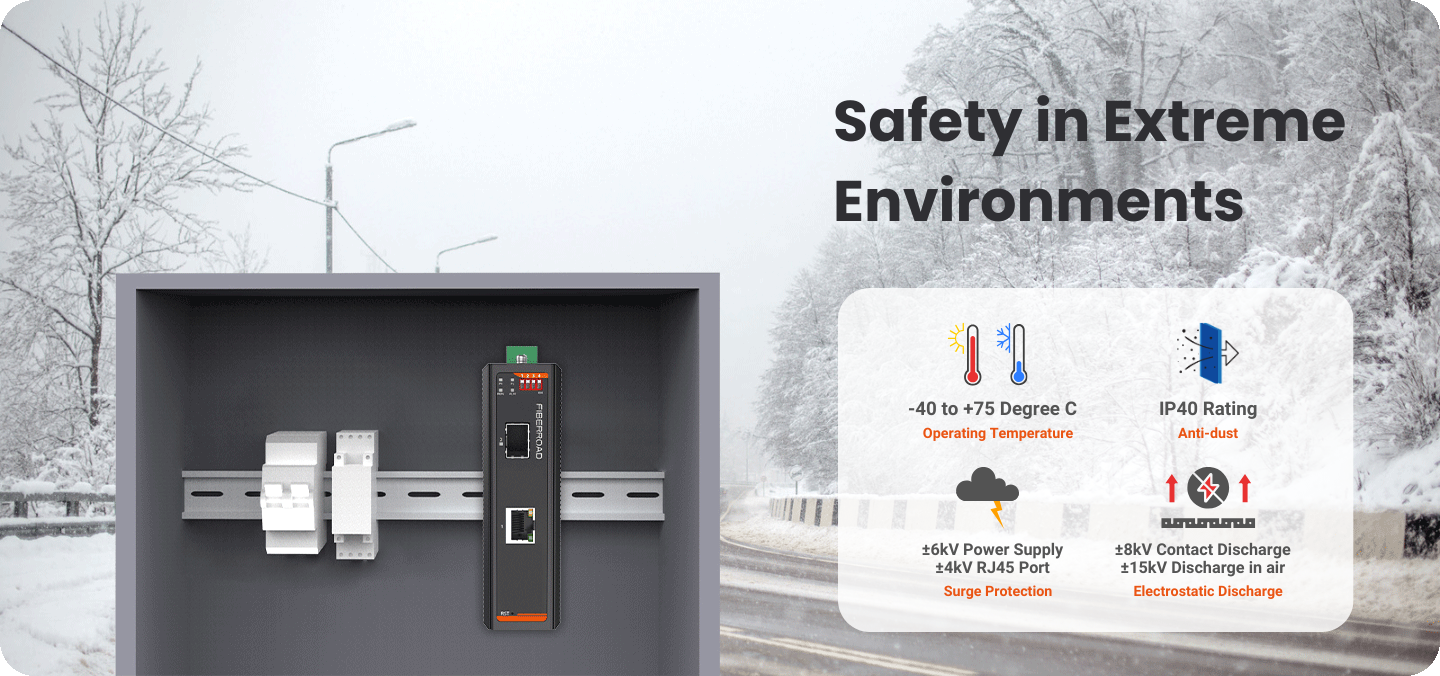
How Managed Industrial Media Converters Can Improve Your Network Efficiency and Reliability
Managed Industrial Media Converter is a highly efficient device that provides an exceptional solution for the management of industrial networks. One of its most significant features is its support for IEEE 802.3ah, which allows it to perform in-band management with ease. This means that the Managed Industrial Media Converter can monitor and control network traffic while simultaneously maintaining data transmission within the same communication channel, resulting in seamless connectivity and optimal performance. The device’s advanced capabilities enable it to detect faults and initiate corrective actions automatically, reducing downtime significantly and ensuring uninterrupted operations. Its ruggedized design makes it suitable for use in harsh environments where other devices may fail or malfunction due to extreme temperatures, humidity, or shock/vibration impact. All these features make Managed Industrial Media Converter a reliable tool that simplifies complex industrial networking tasks while delivering unmatched accuracy and efficiency without compromising on quality or reliability.
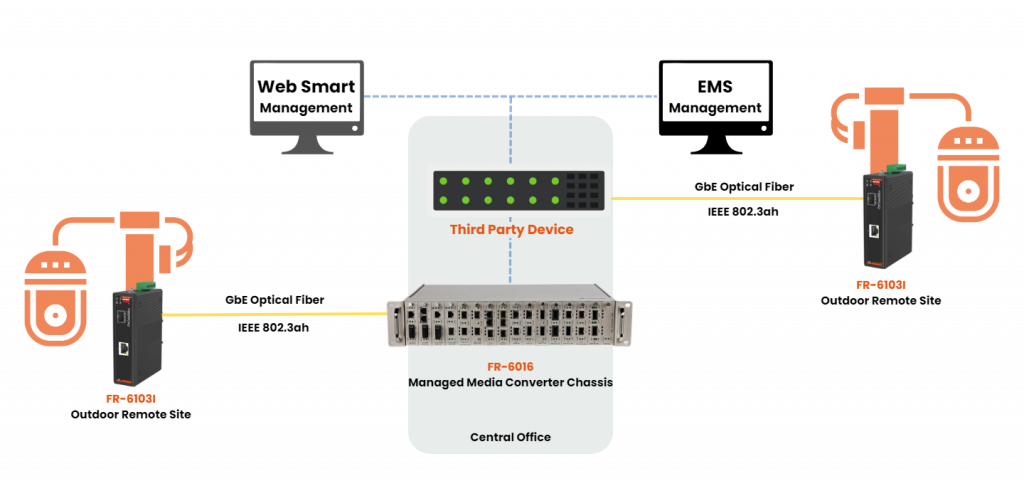
Streamlining Your Industrial Network with Web Smart Management in Managed Media Converters
The Managed Industrial Media Converter is a reliable and powerful tool that supports Web-smart network management. With features like Link Fault Pass Through (LFPT), users can monitor the status of their network connections in real time, ensuring optimal performance at all times. Additionally, the transmission mode feature allows for flexible data transfer options that can be customized to meet specific needs and requirements. Bandwidth control capabilities further enhance efficiency by enabling administrators to allocate resources appropriately based on usage patterns and demands. And with online firmware updates, users can easily keep their systems up-to-date with the latest software enhancements and security patches without having to disrupt operations or manually intervene. All these advanced functionalities make Managed Industrial Media Converters an indispensable part of any modern industrial network infrastructure.
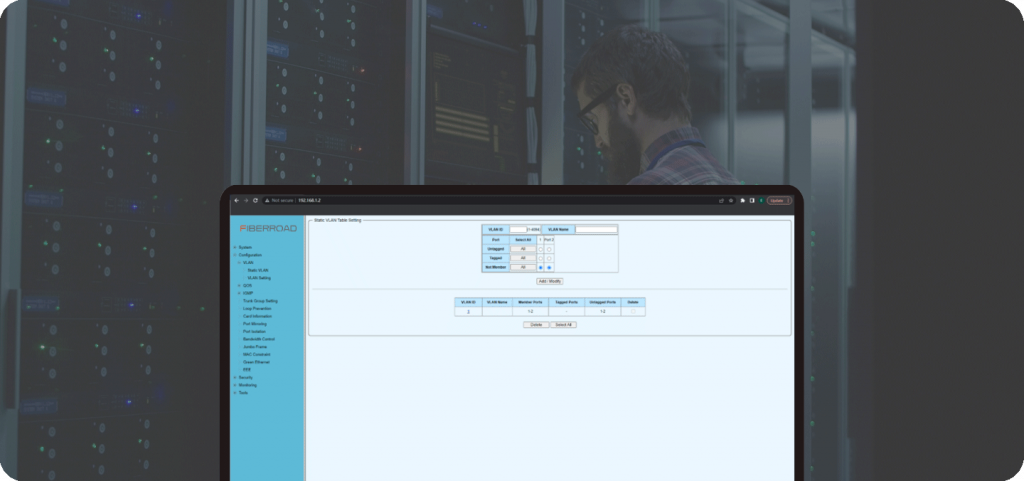
| Hardware Specifications | |||
| Product | FR-6101I | FR-6101IP | FR-6101IBT |
| Copper Port | 1×10/100/1000Base-T | ||
| Fiber Port | 1x1000BASE-X SFP Slot, 1×9 (SC/ST/FC) Optical Module Optional | ||
| Port Mode(Tx) | Auto Negotiation Speed, Full/Half Duplex Mode, Auto MDI/MDI-X Connection | ||
| Standards | IEEE 802.3 for 10BaseT
IEEE 802.3u for 100BaseT(X) and 100BaseFX IEEE 802.3ab for 1000BaseT(X) IEEE 802.3z for 1000BaseSX/LX/LHX/ZX IEEE 802.3x for flow control |
||
| Maximum Packet Length | Up to 9K | ||
| Forward Filter Rate | 14,880pps(10Mbps)
148,800pps(100Mbps) 1,488,000pps(1000Mbps) |
||
| Transmission Mode | Store and Forward (full/half duplex mode) | ||
| Reset Button | <5 sec: System Reboot; >10 sec: Factory Default | ||
| Enclosure | IP40 aluminum case | ||
| Installation | DIN-rail and Wall-mount | ||
| Dimension | 120x90x35mm | ||
| Transmission Distance | |||
| SFP Port | Depends on optical module(0-120km) | ||
| RJ45 Transmission Distance | 100m(standard CAT5/CAT5e cable) | ||
| Power Supply and PoE | |||
| Power Input | 1 | ||
| Connector | 1 removable 6-contact terminal blocks
Pin 1/2 for Power 1, Pin 3/4 for Power 2, Pin 5/6 for fault alarm |
||
| Alarm | One relay output for power failure, Alarm relay current carry ability: 1A@24V DC(On Demand) | ||
| Input Voltage | DC9-56V | DC48-56V | DC52-56V |
| Power Consumption | 4 Watts Max (Without PoE Load) | ||
| PoE Power Budget | \ | 35W maximum
(Depending on power input) |
95W maximum
(Depending on power input) |
| Environmental | |||
| Operating Temperature | -40℃~75℃ (-40 to 167 ℉) | ||
| Storage Temperature | -40℃~85℃ (-40 to 185 ℉) | ||
| Operating Humidity | 5%~95% (non-condensing) | ||
| MTBF | >500,000 hours @MIL-HDBK-217F GF 25℃ | ||
| Heat Dissipation | 7 BTU/h (Non-PoE), 218 BTU/h (with 30W PoE load), 314 BTU/h (with 90W PoE load) | ||
| Cooling | Passive Cooling | ||
| Surge Protection | ±6kV DC, ±4kV RJ45 | ±6kV DC, ±6kV RJ45 | |
| LED Indicators | |||
| P1 & P2 | ON: Power is being supplied ,OFF: Power is not being supplied | ||
| Fiber Port | ON: Port connection is active, Blinking: Data transmitted, OFF: Port connection is not active | ||
| RJ45 Port Amber LEDs | ON: Port connection is active, Blinking: Data transmitted, OFF: Port connection is not active | ||
| RJ45 Port Green LEDs | ON: Port is operating at 1000 Mb/s, OFF: Port is operating at 10/100 Mb/s | ||







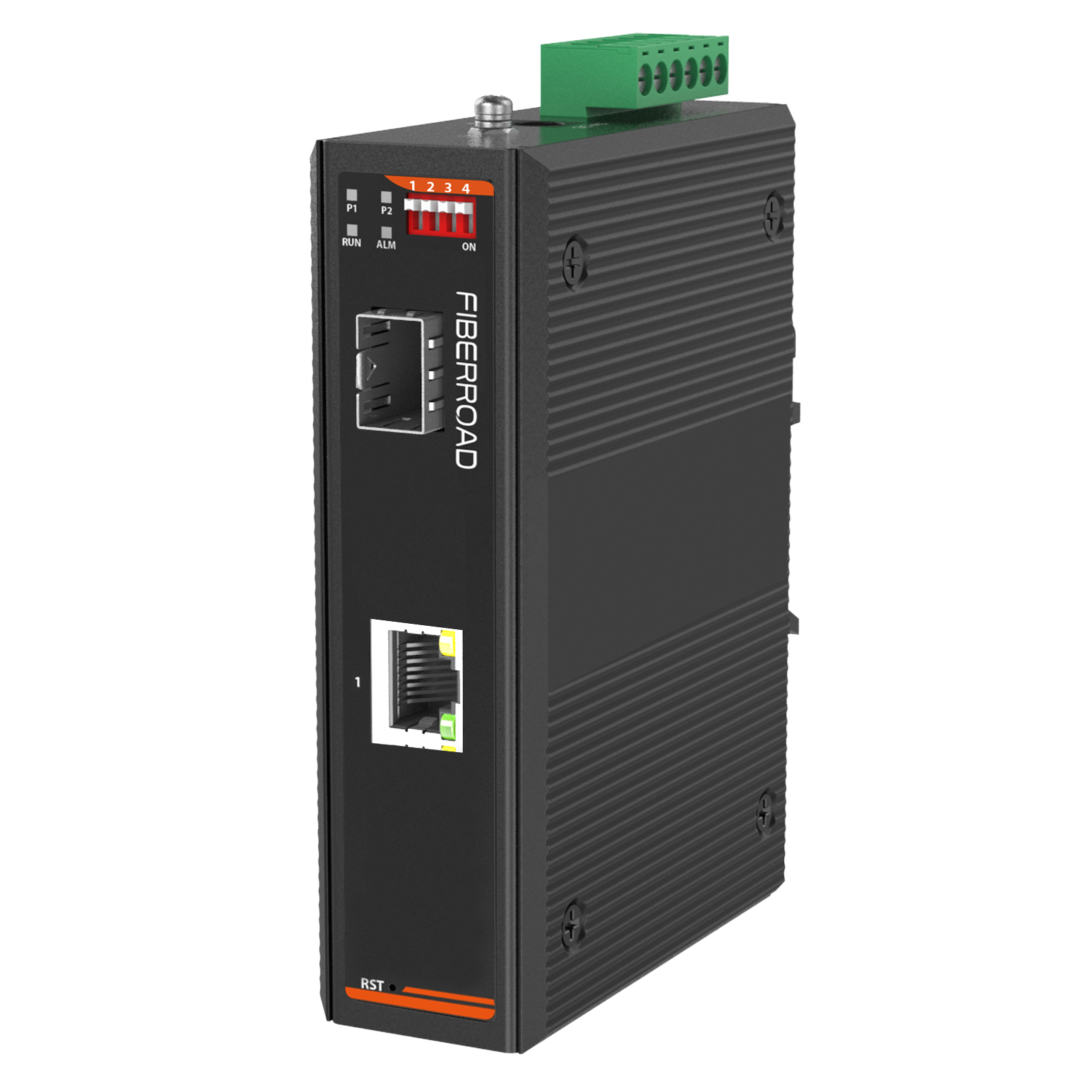
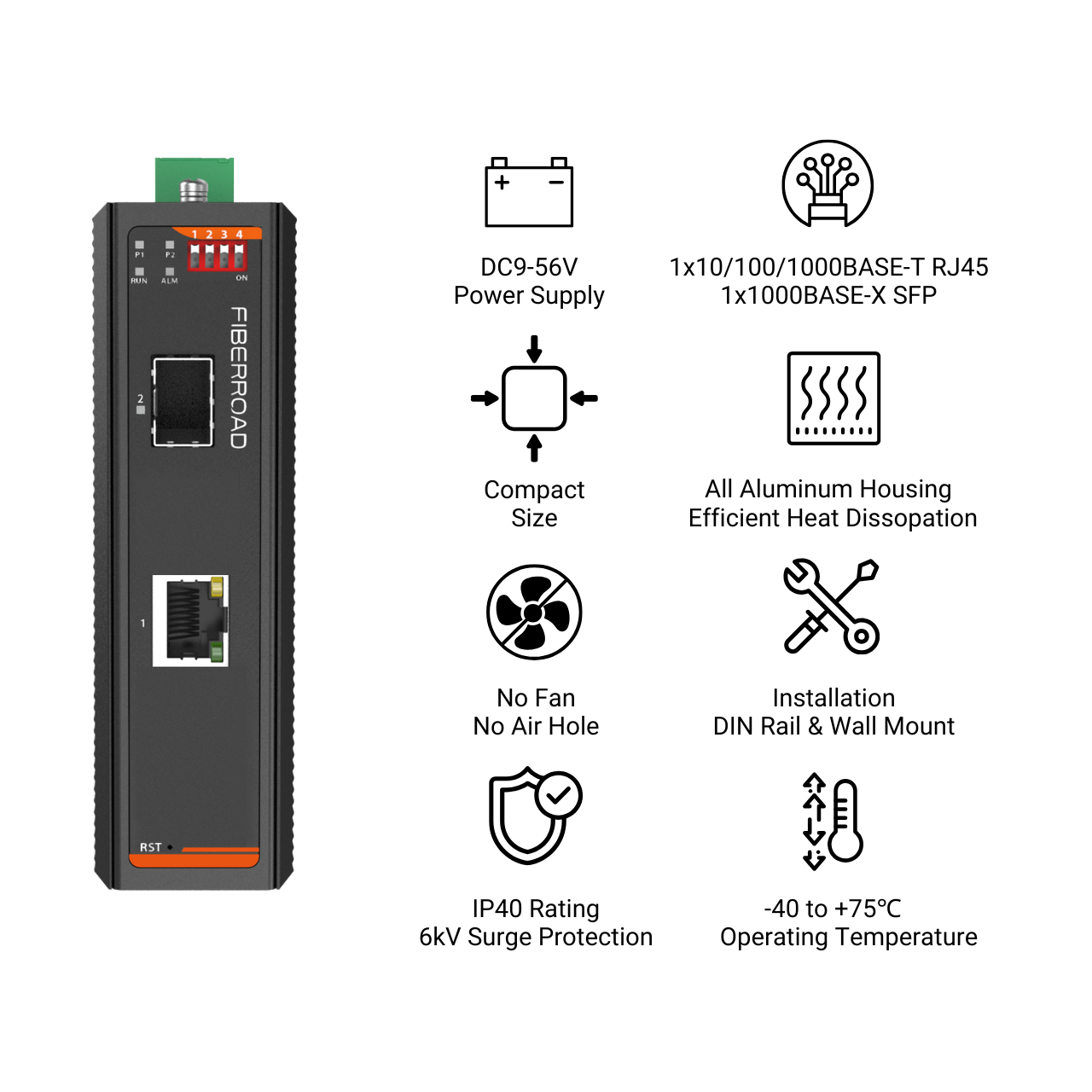
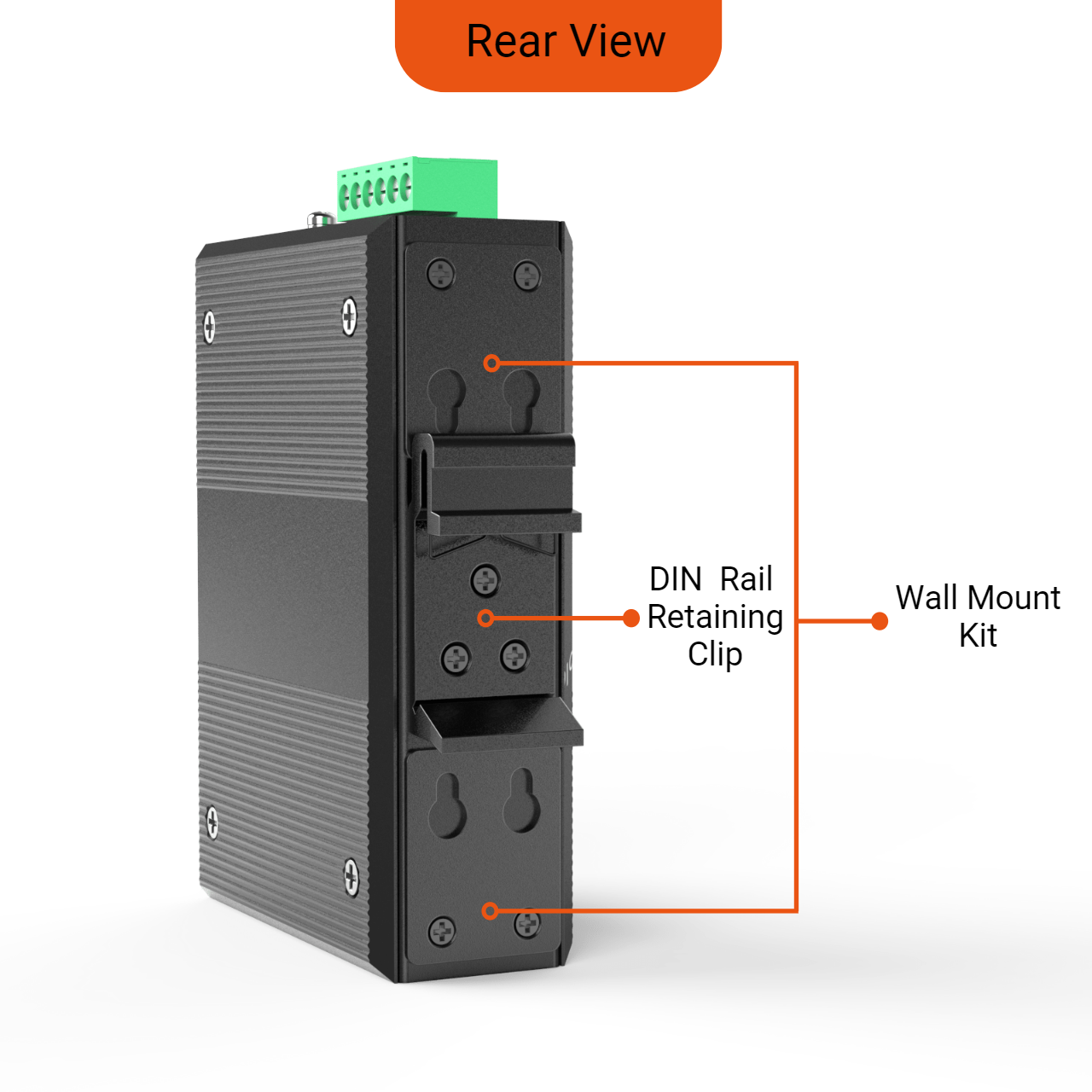
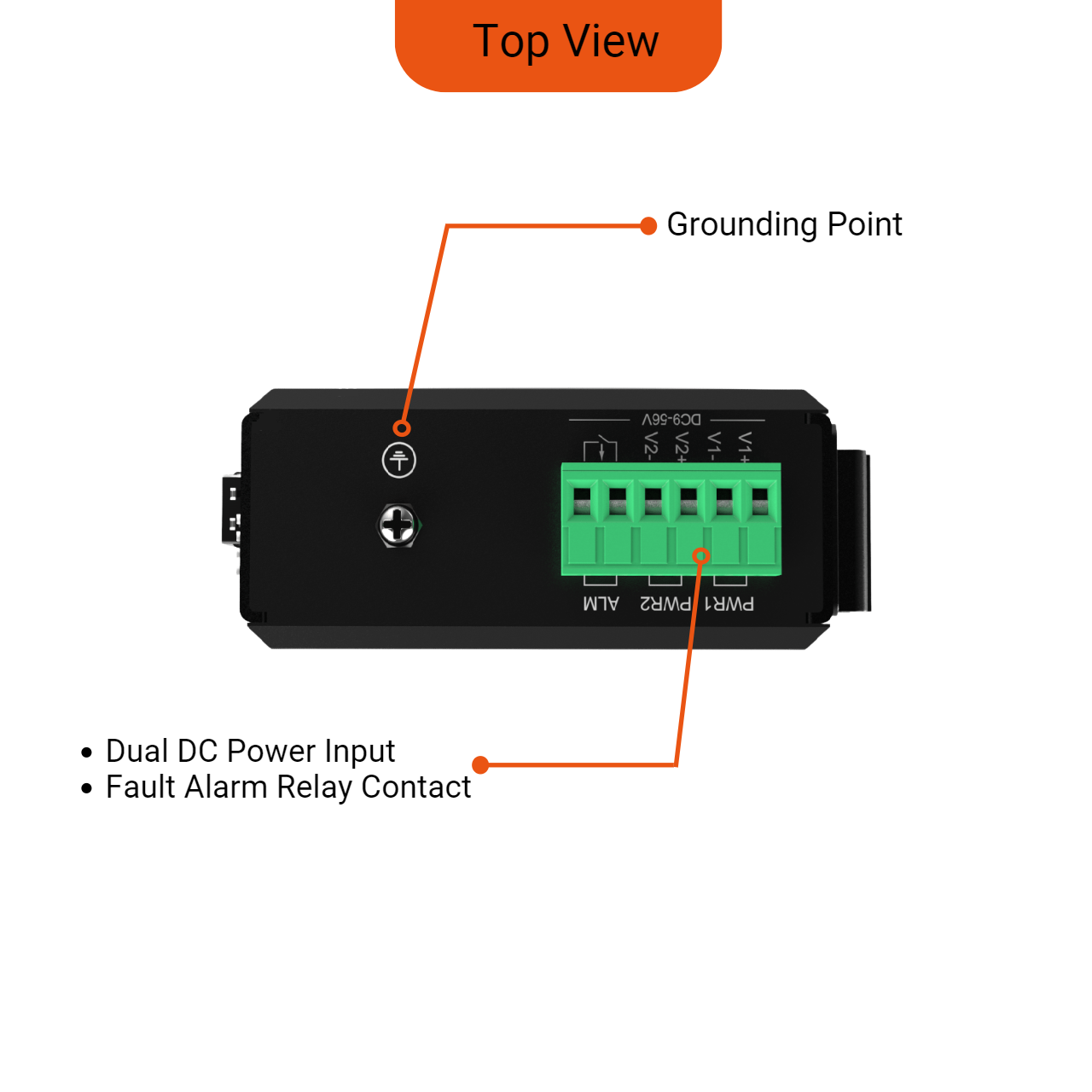
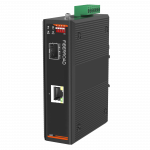
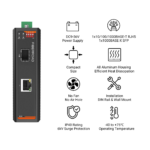
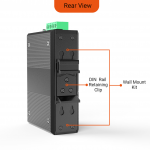
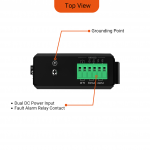



-1.png)





